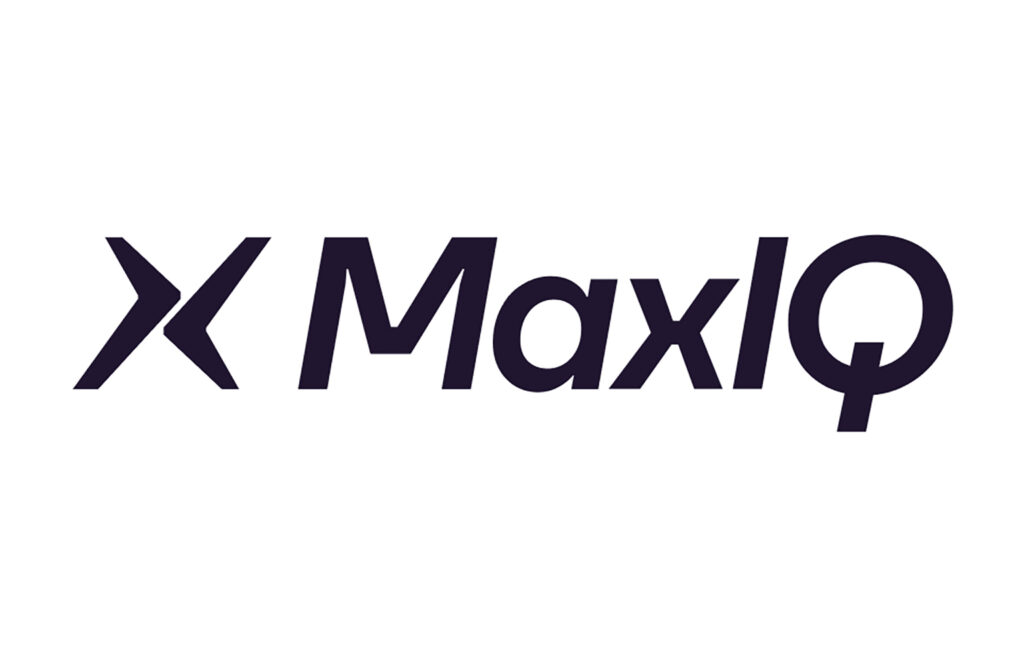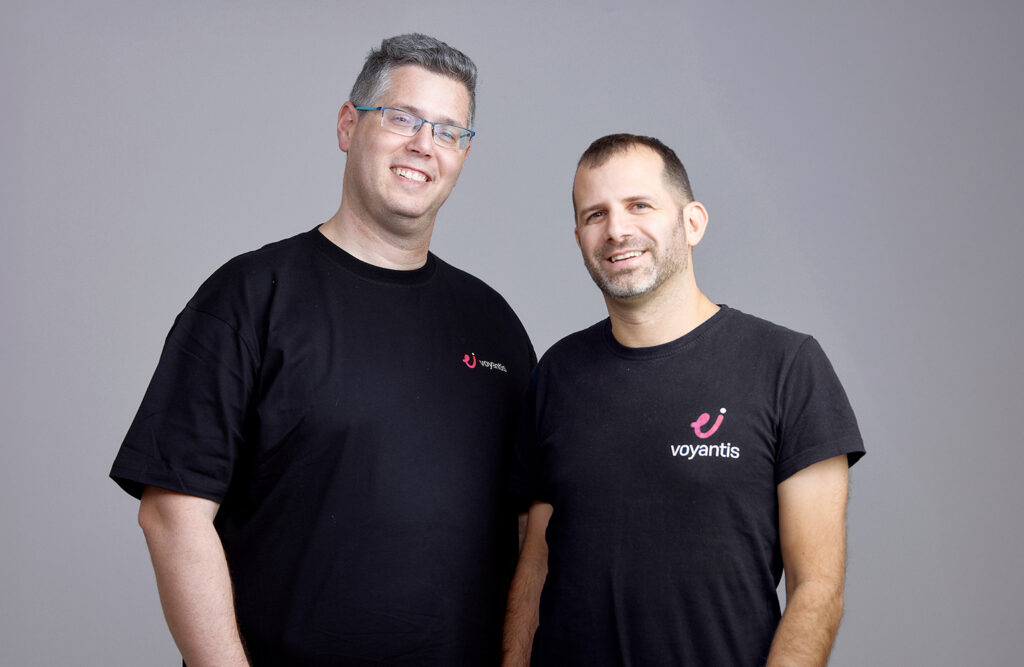
No CIO Left Behind: Intel Capital Co-Leads Asato’s Seed Round
Digital transformation has unleashed tremendous growth for enterprises. In recent years we’ve seen many transformative shifts for enterprise IT such as the use of cloud and hybrid cloud computing, the proliferation of enterprise applications, new security paradigms, SaaS models, AI and big-data driven business intelligence, proliferation of devices and new IoT solutions. Just looking at applications alone, the average enterprise has seen an 11x growth in the number of applications used from 2016 to 2022.
While these innovations have contributed to business growth, there has never been a more challenging environment for CIOs to make sense of the fabric of their infrastructure. This explosion of complexity has peaked at a time when many companies are facing a period of spending rationalization. It was out of these observations that the founders of Asato got together to build an advanced co-pilot for CIOs to help them maximize the value of hyper-complex infrastructure.
Asato’s team brings a very unique set of skills, experience and track record for this undertaking. As co-founders of NetSpeed Systems, Sundari Mitra (CEO) and Anush Mohandass (COO) saw the challenges in managing complex system-on-chip products first hand. NetSpeed developed network knowledge graphs and models which virtualized SoC requirements and automatically generated the interconnect fabric to solve these issues. We remember talking with the team about how to describe NetSpeed's mission and we arrived at the slogan “No Chip Architect Left Behind.” This became more and more true as NetSpeed won over chip company after chip company with their solution.
In running large organizations, Sundari and Anush saw similar challenges with enterprise IT. With their own observations and learnings from discussions with Intel’s CIO office, they began working with CIOs in different industry sectors and advisors with expertise in application management solution, and found that CIOs were struggling with many of the same IT challenges described above. The vision of using the latest technologies in knowledge graphing, AI and automated asset scanning to solve these problems became more clear. These discussions helped build the case for the company and provided direction for the definition of its co-pilot product and building the engineering team.
Dave Johnson first invested in NetSpeed in 2014, and also led a 2016 investment round. In 2018 Intel acquired NetSpeed and their technology was deployed in Intel’s Design Engineering Group (DEG). Sundari, who had worked as an engineer for Intel very early in her career, returned through the acquisition to lead a 4,000+ team in DEG. For Intel Capital, it was terrific to realize a great return for a portfolio company and a win for Intel. When Sundari and Anush finished 5 years at Intel and introduced us to Asato, it was exciting to continue the productive relationship we’ve enjoyed for over 10 years.
Asato is using techniques to search, link and contextualize all IT related assets and users in an enterprise, and then analyze the usage and effectiveness of these assets. They apply AI driven techniques, and most importantly orchestrate decisions, track results and prescribe actions based on outcomes. Without the combination of automation and insights that Asato brings, these activities would take excessive amounts of IT management time to pull and analyze data. We’re bullish about the broad applicability of Asato’s products which have relevance to almost every enterprise. Today, Asato announced their Seed funding round and we look forward to working with the team as they make “No CIO left behind” a reality.




